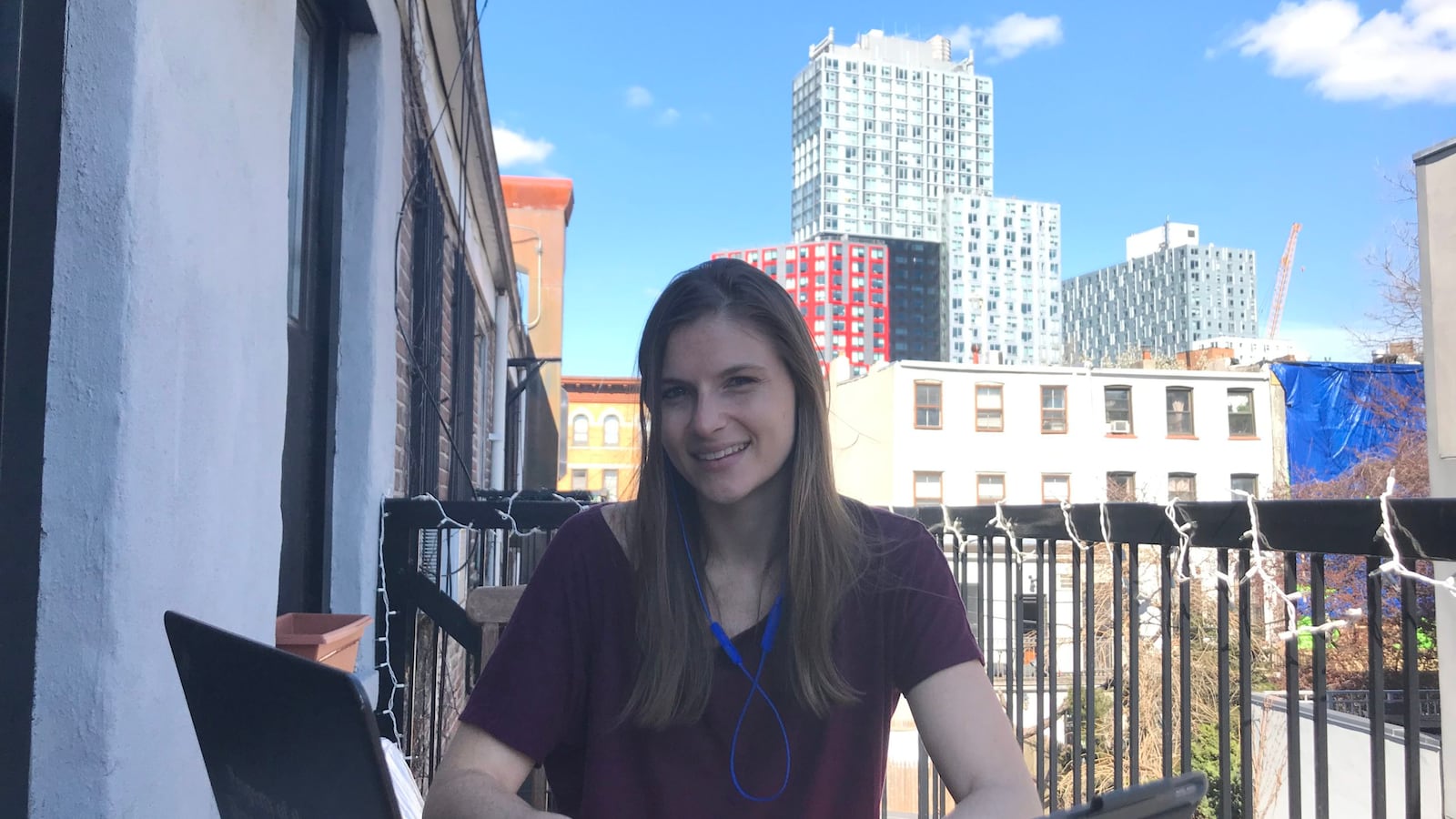As educators this week began shifting their coursework online, thousands of them are likely using the Zoom teleconferencing app for class-wide lessons or discussions.
But teachers are learning that some behavior issues that might disrupt a classroom in real life have become distractions in the virtual classrooms they’re creating as the new coronavirus forced school building closures until at least April 20. Zoombombing — uninvited screen shares — or other disruptions are already creeping up, forcing teachers to quickly figure out new tools to keep order. (For helpful tips on how to set up Zoom controls, check out this Tech Crunch article.)
Staff at the Metropolitan Expeditionary Learning School in Queens were accustomed to meeting with each other on Zoom, so school leaders figured it would be easy to transition to it for student review sessions or even real-time classes.
But on the very first day of remote learning, some students shared their Zoom links with their friends from other schools, who “bombed” the session with inappropriate photos or flooded the text message part of the platform that allows users to share texts with the whole group.
“Zoombombing is no joke. I don’t think we were ready for that,” said Pat Finley, one of the school’s co-principals. “If a teacher wants to hold a review session for 100 kids, you just can’t monitor what kids are screenshotting and what’s going on in the chat.”
The vast majority of students at his school did not abuse the platform, Finley stressed. But if a few students share the links with their friends, they can quickly take over the video conference and ruin the experience for dozens or hundreds of other students.
“We’re definitely not doing away with [Zoom], but we have to go back to the drawing board,” he added.
Schools aren’t the only institutions that have struggled with Zoom-related pranks. The restaurant chain Chipotle ended a public Zoom conference after someone began broadcasting pornographic images, and other Zoom-oriented events have faced similar problems.
Still, as schools frantically try to move instruction online, Zoom is an appealing option, since it is easy for anyone with a link and free software to join a given videoconference. About 600,000 people downloaded the Zoom app last Sunday, the New York Times reported.
Stephanie Edmonds, a global history teacher at the Bronx High School for Law and Community Service, was surprised at what happened during her first Zoom class meeting, as students wrote messages in the chat function that lets users type in shared remarks as people are speaking.
“Some people were in there, and they started writing not so nice things in the chat, or going over my screen, so I had to kick some people out,” she said.
She decided to take precautions the next day.
“I’m going to put up, ‘If you want to be accepted, you need to put your first and your last name in there,’” Edmonds explained, adding that she would do more research on what kind of controls she could use to prevent others from taking over the meeting.
As Diamond Skinner wrapped up a unit on civil rights with her middle schoolers at The Computer School on the Upper West Side, she wasn’t fazed when, on the first day of remote learning, her lesson was suddenly interrupted by loud music in the video meeting.
“I still believe in rigor,” she said. “We can’t waste this time.”
She added, “I immediately knew who it was, so I muted them.”
The disruption was short-lived. When her students asked where it came from, Skinner told them not to worry about and moved on with teaching.
“The same kind of techniques I can use in the classroom, I can use online,” Skinner said.
Sometimes the disruptions were inadvertent.
Kim Dempsey, a 10th grade chemistry teacher at East Side Community High School, started preparing for remote learning last week, so she had time to play around with Zoom and plan for potential kinks.
From scouring Facebook groups, Dempsey decided it was easier to impose certain restrictions on Zoom instead of Google Meet, such as stopping students from unmuting themselves.
She felt ready for Monday, but while she was sharing a lesson with the 35 students who had logged on, she noticed someone was drawing a line over her screen.
“I sort of said to the whole class, ‘You know guys, I didn’t even know this was possible.’ I think part of it is letting them know, ‘You got me here, guys!’” Dempsey said.
But the culprit, she soon discovered, was her co-teacher drawing a smiley face.
“For the most, part my students were really good,” Dempsey said.


